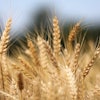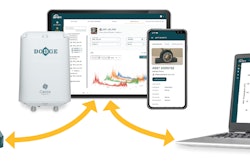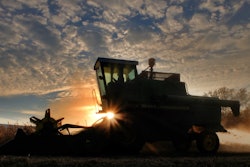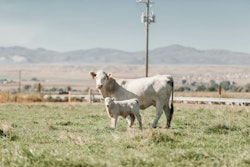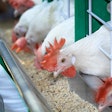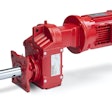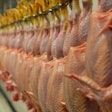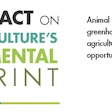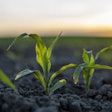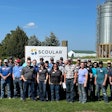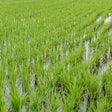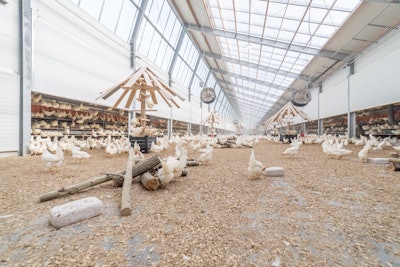
U.S. consumers reliably indicate sustainability and environmental impact play an important role in poultry purchasing decisions. As a result, many poultry retail and foodservice brands are setting goals to achieve net zero or improve sustainability.
These goals will significantly impact how poultry are fed, raised and processed and the effects will be felt along the entire poultry supply chain.
During “Net zero and the future of sustainable poultry production,” a panel discussion recorded byWATTPoultry.comandEvonik Animal Nutritionat the 2023International Production & Processing Expo(IPPE) in Atlanta, Georgia, a trio of industry insiders discussed the drivers for net zero and sustainability programs and what the poultry industry is doing to accelerate progress toward these goals.
The panelists were:
- Andy Rojeski, head of strategy, investor relations and Net Zero programs at Pilgrim’s Pride Corp.
- Faazi Adam, director of sustainability for Evonik'sanimal nutrition line.
- Lara Moody, executive director of the Institute for Feed Education & Research (IFEEDER).
Consumer perception
Product labels displaying eco-friendliness are one way to communicate how improvements in the way poultry are fed, raised and processed are decreasing the environmental impact of the industry.
One example isKipster, an operation that produces carbon neutral eggs in partnership with egg producer MPS Egg Farms through a combination of upcycled feed and supporting external carbon reduction projects.
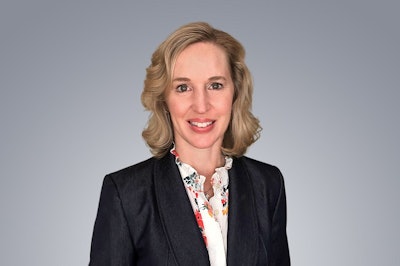
“It'll be interesting to see how that develops for the livestock industry. I'm guessing that it will go sort of the same way where you see products with a recognizable brand that are specifically trying to appeal to this part of the market,” Adam said.
Sustainably as an opportunity
In the U.S.feed production accounts for 60% of all greenhouse gas emissions in agriculture, making improvements in crop growth a major opportunity for the entire supply chain.
“Crop production is a significant source of feedstuffs for poultry production systems,"Moodysaid. "So, the footprint of crop production is a significant impact on the footprint of poultry production.”
A new principle called regenerative agriculture could help reduce environmental impact, while still maintaining profits. It focuses on farming and grazing practices aimed at reversing climate change by rebuilding soil organic matter and soil biodiversity.

“If we could put regenerative agricultural practices on all production systems within the U.S., we could potentially reduce our agricultural greenhouse gas footprint by about 40% regardless of location,” she said.
“We have to find ways to optimize those five pillars for regenerative agriculture, as best we can in in the systems that are local to us.”
Feed efficiency
Poultry growers should also look for ways to improve feed efficiency in their birds to further reduce environmental impact.
Performing regular nutritional analysis through infrared spectrometry is a good way to understand more about the amino acids, fatty acids and other nutritional factors present in poultry feed.
“It's really important for food producers and for farmers to really understand in as much detail as possible what the nutritional profile of these products are because it can vary so much with time and with weather,” Adam said.
“With that extra knowledge, you're able to think about what kind of micro-ingredients do I need to really achieve a consistent quality in my feed that's going to give the best benefit to my animals consistently over time.”

“It’s important to make sure all the stakeholders understand not only in terms of how their piece impacts greenhouse gas reduction, but also some of the downstream or upstream implication of some of these choices,” Rojeski said.
Critical partnerships
Pilgrim’s has set aggressive net zero goals, pledging to reduce greenhouse gas (GHG) emissions by 30% in 2019. Partnerships are key to achieving this goal, Rojeski said.
“We’re asking the farmers to do something different from what they’ve known and been very successful with for generations. That’s going to take, not only to collect data, but also to help people understand and help the community understand here’s what can be done better,” he said.
“We do need to create some sort of supportive business environment where the cost of those improvements is shared equally throughout the value chain,” Adam said."That means talking to retailers who are buying the products. It means engaging consumers on why we need to invest in more sustainable food.
"It means engaging policymakers on why this is a long-term policy issue as well. It's much broader than just within the feed farming industry."
Interested in watching the video recordings? Go to www.WATTAgNet.com/articles/46732




